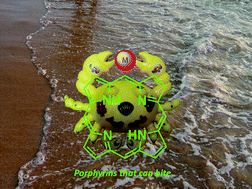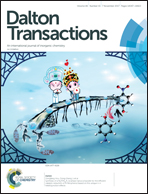Synthesis, structure and catalysis of organometallic porphyrin–pincer hybrids: a review
Abstract
Porphyrins are tetrapyrrolic conjugated aromatic macrocycles with 18 π electrons. These favourite molecules of nature are present in the active sites of several important biomolecules. Porphyrins can be structurally manipulated at their core, meso and β positions to obtain desired electronic properties. Pincers are monoanionic, tridentate meridional ligands and their metal complexes have proven to be robust, efficient and reliable catalysts in several organic transformations. Like porphyrins, pincers too can be structurally manipulated to obtain desired properties. The amalgamation of these two molecules leads to a new class of hybrid molecules called porphyrin–pincer complexes which offer two different metal binding sites, viz. the core and periphery of the porphyrin ring. Also, these hybrid molecules offer researchers the opportunity to study the possible electronic interplay between the metals present in two binding sites, which is expected to perturb their electronic properties. This dedicated review focusses on the developments that have taken place in the last two decades in the area of porphyrin–pincer hybrid organometallic compounds in which porphyrin acts as an anionic aromatic ligand providing a stable carbon–metal σ-bond.

- This article is part of the themed collection: 2017 Frontier and Perspective articles


 Please wait while we load your content...
Please wait while we load your content...